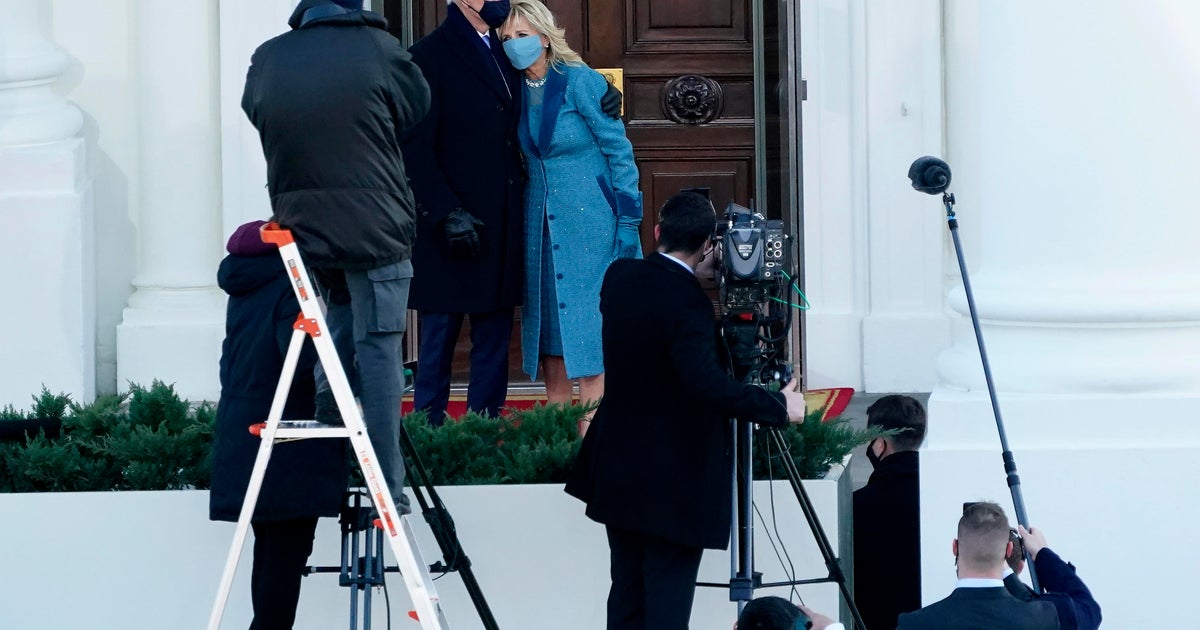An investing lesson from the U.S. attack on Syria
Global events and geopolitical news are forcing investors to be on the alert even as they pay more attention to what’s happening at home, especially in Washington. President Donald Trump’s finger is on the trigger, apparently ready to unleash America’s huge military might on a moment’s notice.
Fortunately, the stock market didn’t get unhinged on Friday, Apr. 7, when the U.S. bombed a Syrian airfield in retaliation for that country’s use of chemical gas against its own people. Usually, investors sell first before asking questions about whether such a situation might escalate. But like what had occurred in other similar events in the past, investors soon pivoted and started buying back in.
The S&P 500 index declined by just 0.1 percent on the day, after being pulled down some 3 percent in earlier trading. So it would be useful to know what investors should or could do when such jarring events occur. And they’re likely to happen again: Word from the White House is that the U.S. is ready to resume bombing if it determines that the Syrian regime continues to use chemical gas against its own people.
Looking back at historical data, the markets are likely to hit bottom in short order and recover quickly after investors determine that events wouldn’t worsen, like realizing that the U.S. economy isn’t headed toward a disaster, such as a recession -- or worse.
“Indeed, during bull market shocks since World War II, the S&P fell an average 2.4 percent on the day of the shock, and slipped a total of 4.5 percent before bottoming out only nine calendar days later, and getting back to break-even in 18 days,” said Sam Stovall chief equity strategist at CFRA Research.
This time around, the recovery could be a lot quicker, said Stovall, because investors are likely to refocus on the closest issue of interest: The first-quarter 2017 earnings, which currently point to an S&P 500 year-over-year advance of 9.9 percent.
What investors should remember is that the market this time around reacted negatively to the surprise bombing of Syria, but it nearly completed a recovery in a single day. So what’s Stovall’s reading and primary advice at this point?
Investors probably should go back to the stock names that served them well so far, or to those “15 subindustries with superior 52-week relative strength,” said Stovall. At CFRA, the sectors that have an “overweight” recommendation are the industrials and materials, while those that carry an “underweight” rating are the costumer staples, energy, real estate and utilities.
A solid strategy is to make sure your portfolio holds stocks that are the least vulnerable to surprise events like the recent cruise missile attack against Syria.
On investing in exchange-traded funds (ETFs), CFRA’s equity group recommends investors have 45 percent of their holdings in U.S. equities and a 20 percent in foreign stocks, raised from 15 percent in mid-December. Of the 45 percent in U.S. equities exposure, 36 percent is in large-cap blend (S&P 500 and SPDR/SPY), 6 percent in mid-cap blend (S&P MidCap SPDR/MDY) and 3 percent in small-cap blend (iShares S&P SmallCap 600/IJR).
It’s not always easy for investors to stay cool and confident when a surprise military action or something similarly unnerving occurs. But a strategically designed portfolio is one way to prepare for shocks. And probably the worst thing is to swiftly react before understanding what’s actually happening -- and how bad it is.
To repeat, it would serve investors well to keep pace with fast-moving events not only in the U.S. but elsewhere that America is politically or militarily involved. That’s one way for investors to stay alert and prepared -- and fairly informed on how to react.
Global investors are finding more reasons for participating in the U.S. equity market, which has trounced the markets elsewhere. Looking at the fundamentals, the U.S. global yardstick, the U.S. MSCI, since the start of the current bull market on March 9, 2009, is up 244 percent versus Europe’s MSCI’s gain of 121%5.4%.
“This certainly helped our Stay Home investment strategy to beat the Go Global alternative,” said Ed Yardeni, president of the Yardeni Research, in a recent report. The underlying fundamentals also outperformed in the U.S., he added, versus those in Europe.



